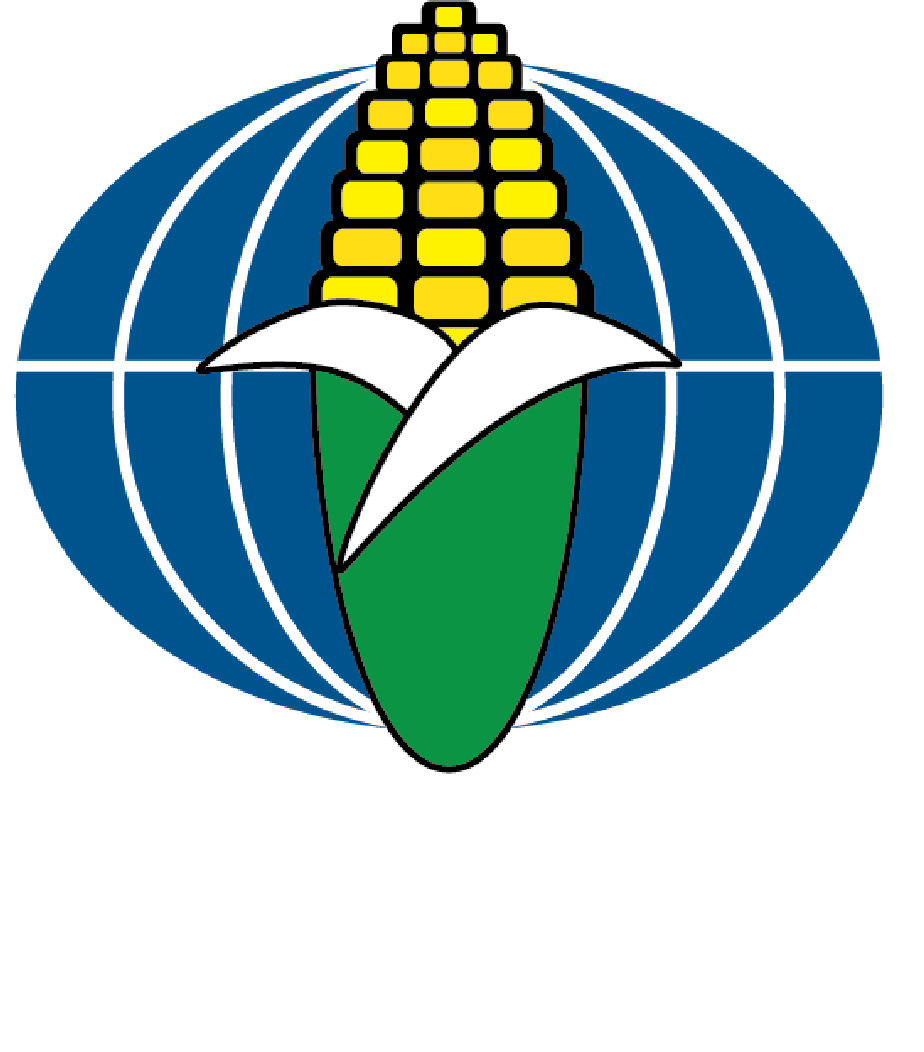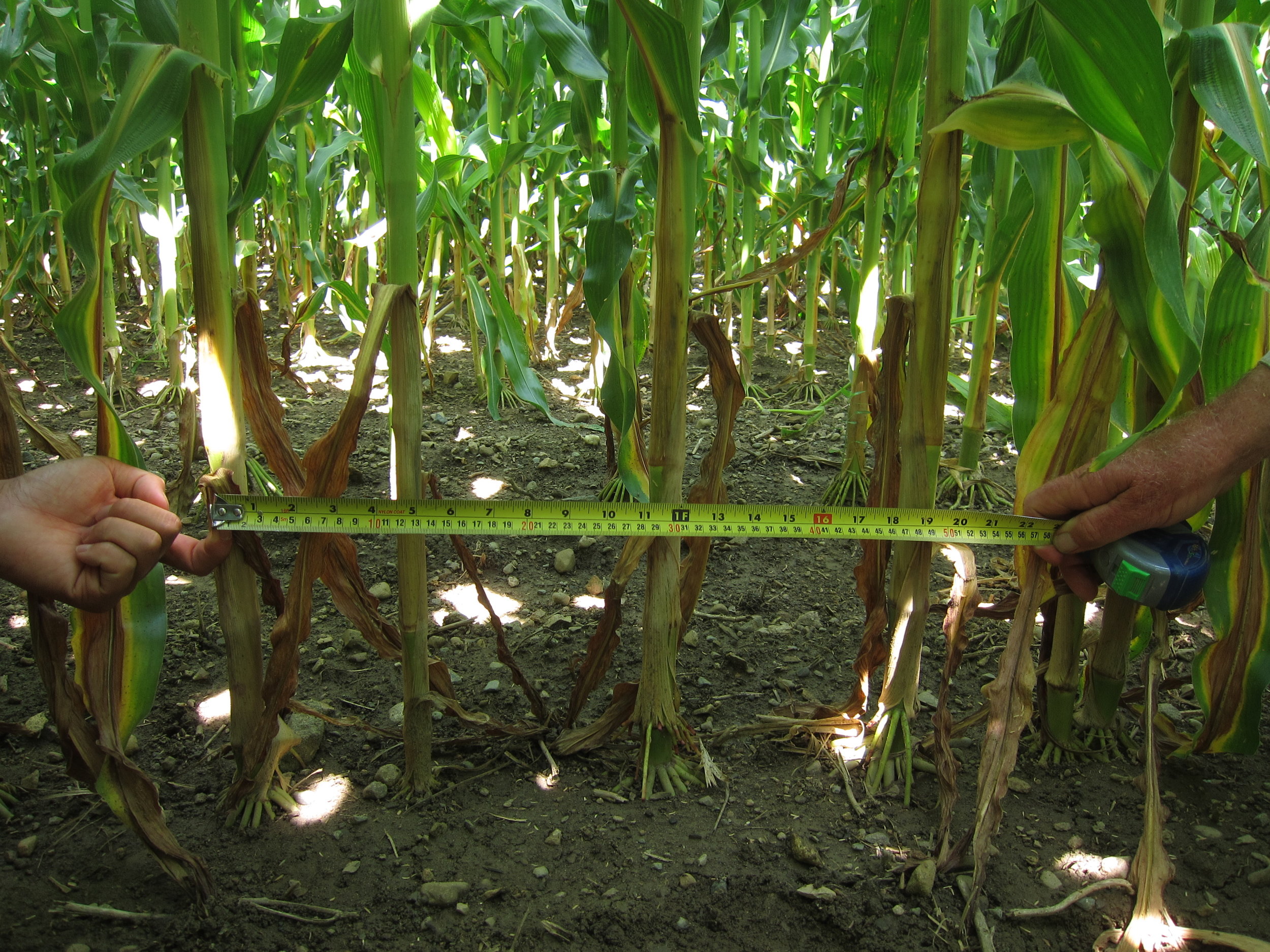Many of you have experienced the benefits of growing and feeding a Leafy - whether on your own farm or on those of your neighbors or customers. You see its high yields, wide harvest windows and excellent feed qualities that translate into high milk and meat yields. But when it comes to pulling a silage report or generating yield trial data that will convey the virtues of growing and feeding a Leafy, you’re hard-pressed to find your proof. The reality is that silage tests were built to compare grain hybrids to one another. Leafies are so different from grain-bred dual purpose hybrids that current industry standard tests and equations create an uneven playing field that obscures the value of growing and feeding Leafies.
yield trials
State Trials, University Trials, Official Trials and Private Yield Trials seek to subject each corn hybrid under evaluation to the same conditions to create quality data for hybrid comparison. The hybrids that produce top yields or the best MILK2006 rankings are sought-out by progressive dairy farmers who make research-based management decisions to maximize the productivity of their acres and cows. NIRS and wet chemistry analysis are also widely used to determine forage quality. But when a Leafy or Floury Leafy Corn Silage Hybrid is subjected to these tests, it disappoints, and there are several reasons why:
PLANT POPULATION
In order to create comparable data, researchers plant each hybrid at the same population - one that is appropriate for grain hybrids. Compared to a Leafy, grain hybrids are relatively small plants and have generally been bred to have erect leaves so that they can crowd together. Leafy Corn Silage Hybrids have about 40% more leaf area per plant than a dual purpose hybrid, so planting a Leafy at a population of 35,000 plants per acre (78,500 pph) would be like planting a grain hybrid at 49,000 plants per acre (122,500 pph). When Leafies are planted at this high population they produce less starch, more indigestible fiber, have poorer stalk integrity and more drought sensitivity. They still tend to yield well in dry matter, but the feed quality is diminished. Plant population is a big deal for success with a Leafy.
The solution is to evaluate all Leafy Corn Silage Hybrids at a population of 28,000 - 30,000 plants per acre, or 70,000-75,000 plants per hectare.
NIRS ANALYSIS (NEAR INFRA-RED SPECTROSCOPY)
Research silage trials are often evaluated by a research chopper that is outfitted with NIRS. NIRS is widely used because it allows for rapid and relatively inexpensive determination of nutrients and characteristics of a forage plot. This tool works by exposing chopped silage to a near infra-red light and recording how much light is reflected by its components. NIRS instruments are calibrated based on carefully selected reference samples that have been previously assayed by wet chemistry or non-NIRS methods. In this way, the NIRS instrument is programmed to translate the light reflectance of the components of each plot sample into its characteristics and nutrients - dry matter, moisture, NDFd, protein, and starch, to name a few.
The numbers that NIRS generates are largely comparable with one Leafy and Floury Leafy exception - the starch. When planted at the correct population, Leafy and Floury Leafy Corn Silage Hybrids produce ENORMOUS ears. However, when these hybrids are assessed by NIRS, the starch number comes back disappointingly low. Where does it all go?
Take a look inside the kernels of a Floury Leafy and a dual purpose hybrid. Shave below the kernel caps of each ear and you’ll see that the two hybrid types have very different kernel compositions. The dual purpose hybrid produces kernels that are largely vitreous - or glass-like. As the name suggests, these glassy yellow kernels largely TRANSMIT visible light through them. They also contain a small quantity of floury starch. A Floury Leafy produces a large proportion of floury starch and much less vitreous starch. This floury starch largely ABSORBS visible light.
There are two challenges in measuring floury-type starch with NIRS:
First, all NIRS instruments use vitreous grain-bred hybrids as the basis for their calibrations. When they encounter floury starch, it is not recognized and the starch number comes back low. In order to recognize floury starch, the underlying calibration must be modified to include floury starch samples that have accurately identified this starch type.
A silage research chopper outfitted with NIRS.
The second challenge is the ability an NIRS instrument to “see” all of the starch. When a grain-type kernel travels through a chopper, it fractures into a few large chunks. These are easy for the instrument to read. A floury kernel is moist and soft, so it breaks easily into small particles during silage chopping. These particles smear all over stalk and leaf fragments and much of the starch is hidden from the light that is emitted by the NIRS instrument, making it invisible for its analysis.
NIRS is tool for measuring dry matter, moisture, protein, fiber and fiber digestibility of a corn silage hybrid, but fails to accurately assess the starch content of Leafy and Floury Leafy Corn Silage Hybrids. This is unlikely to be remedied in the near future.
CAN WET CHEMISTRY DETERMINE STARCH CONTENT AND STARCH DIGESTIBILITY?
After a corn silage plot has been chopped, a small sample is sent to a lab where it is dried and ground before it is tested. Unfortunately these three steps lead the test results to be based on a product that is very different from the feed that is consumed by the cow. The problems with these steps are below:
1. A Small Sample is taken:
The difficulties of taking representative and comparable silage samples are widely acknowledged in the research community. This is because corn silage is chopped into medium-sized pieces that are mixed inconsistently. The smaller the sample that is submitted, the more unlikely it is to be representative of the total pile. We have found that if multiple samples are submitted from the same pile of silage, there are usually differences between test results.
2. The sample is dried:
Drying is used as a laboratory process only, as cows are fed wet silage. Drying the sample alters its physical properties. It appears that floury starch becomes less digestible and more difficult to identify as starch in wet chemistry analysis after it has been dried - especially at high temperatures.
3. The sample is ground:
Labs grind the sample to create a uniform and representative product to use in multiple test repetitions, but grinding makes the starch of vitreous kernels appear to be more digestible than it is in reality. A cow is not able to fine-grind the kernels that she is consuming. By grinding, hybrids with vitreous kernels show higher starch digestibility numbers than they should. Grinding makes the differences between vitreous and floury starch types appear to be much smaller than would be experienced in feeding.
WHAT ABOUT MILK2006?
Milk2006 is a great tool for helping dairy operators and their nutritionists identify the best grain-bred dual purpose hybrid to feed to their cows, but since it is generally applied to yield trials that were planted at high populations, and works with NIRS starch results, a Leafy or a Floury Leafy Corn Silage Hybrid won’t be appreciated for its worth. In addition, these tests evaluate starch QUANTITY, not starch DIGESTIBILITY, which is vital for milk production.
How do these TEST Results influence SILAGE HYBRID SELECTION?
There is a combined effect of planting yield trials at high populations, using NIRS to measure starch quantity, and using lab techniques to determine starch quantity and digestibility. The result is that hybrids that thrive at high populations and have a kernel type that was bred for grain will usually appear to be the best feed.
But how can this be? Grain-bred dual purpose hybrids have stiff stalks that were not bred for fiber digestibility. They produce small, tough, vitreous kernels that dry rapidly and were designed to resist fracturing - which is the opposite of what is needed in silage. They have a very narrow silage harvest window, which increases the risk of reduced feed quality. Good grain and good silage hybrids have opposing desirable characteristics, so the notion that a dual purpose hybrid can be best for both grain and silage is flawed.
How should I evaluate a Leafy?
Leafy and Floury Leafy Corn Silage Hybrids can be accurately yield tested if they are planted at a population of 28,000 - 30,000 plants per acre (70,000-75,000 pph). At this population they should produce maximum yields of digestible fiber and starch. They will have good drought tolerance, good stalk quality, and good flowering synchrony - which is important for producing high quantities of starch. At this population, it is appropriate to compare Leafy and non-Leafy hybrids with NIRS, but don’t put much faith in the starch numbers. How did the dry matter compare? How about fiber digestibility? Take a look at the moisture content relative to the other plots that were harvested. The moistures should be similar between hybrids for data to be comparable.
Visit a demonstration plot or a neighbor’s field where you can see a Leafy grown at 28,000 - 30,000 ppa (70,000-75,000 pph). You’ll see that these hybrids produce enormous ears. Break one in half and pop a few kernels in your mouth. They will be large and flat, tasty and easy to chew. If possible take a look at a pile of chopped Leafy silage. It will be full of broken kernels, though much of the kernels’ contents will be smeared over bits of leaf and stalk, forming a light white paste. You’ll see that the starch is there even if the NIRS test results would tell you otherwise.
Compare the Leafy to a grain-bred hybrid that is growing nearby. You’ll see that the Leafy is much taller, more robust, and produces a larger ear and a thicker stalk. Flex the two hybrids back and forth. You’ll feel that the Leafy moves more fluidly - like its fiber would be more digestible. Break open an ear of each hybrid. Examine the kernels, feel them, chew them, taste them. Which kernel type feels more digestible to you?
Talk to a neighbor who has been feeding a Leafy Corn Silage Hybrid to his cows. Ask him about his seed costs, silage yields, the crop’s harvest window, his milk yields and cow health. What is his income over feed cost? Why does he trust a Leafy to nourish his livelihood year after year?
Bart and Laura Klessens have been feeding a Leafy Corn Silage Hybrid for three seasons on their 75 cow dairy in Southern Ontario. Milk production is right where they want it to be.
Try out a Leafy or a Floury Leafy on a portion of your acres. Chop it, store it and feed it separately from your dual purpose. You’ll see the difference in tons per acre at harvest and in milk yield and quality when you switch to the Leafy or Floury Leafy ration. Let your cows tell you which hybrid type is best.
The benefits of growing and feeding a Leafy or Floury Leafy Corn Silage Hybrid can boost your bottom line at every stage of the process - from planting less seed in the spring, to enjoying novel agronomic advantages, high yields, a long harvest window and a short storage period. And importantly, Leafies make excellent feed. With a Leafy, you can expect more from your silage hybrid.





